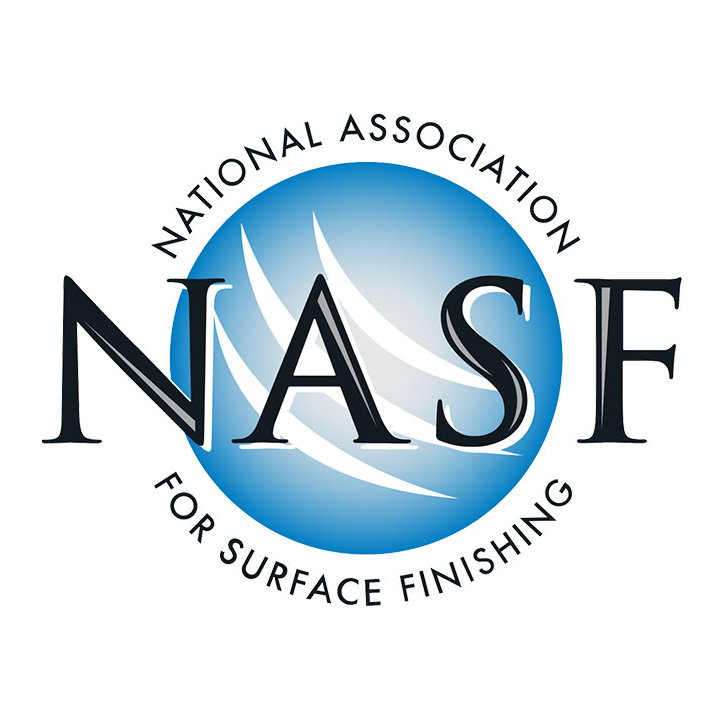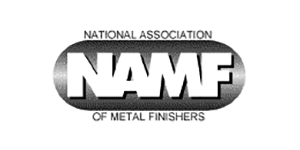Will Zinc Plating Rust? What You Need to Know About Zinc Coatings
Will Zinc Plating Rust?
Zinc plating is widely used to protect steel and iron parts from corrosion—but does zinc itself rust? At Bass Plating Company, we often get this question from customers seeking durable, cost-effective protection for components ranging from small fasteners to large structural steel parts. The answer is both simple and nuanced, depending on the type of environment and the conditions the plated item is exposed to.
WHAT IS ZINC PLATING?
Zinc plating, or electro-galvanizing, involves depositing a thin layer of zinc onto a metal surface through an electrolytic process. This coating acts as a sacrificial layer, meaning it corrodes instead of the underlying steel, thereby prolonging the part’s lifespan. It's a trusted, economical finish used across industries including automotive, construction, and heavy manufacturing.
DOES ZINC PLATING RUST?
Technically, zinc does not "rust" the same way iron does, but it does oxidize. Over time, the surface of zinc develops a layer of white corrosion known as white rust—a byproduct of zinc reacting with moisture and air. Unlike red rust (which indicates the corrosion of the steel underneath), white rust is primarily cosmetic at early stages and serves as an early warning.
Once the zinc layer is completely consumed, the base metal becomes exposed to the environment. That’s when red rust—true iron oxide—can form. So yes, zinc plating can "rust," but only once its protective barrier is compromised.
WHAT CAUSES ZINC TO CORRODE?
Several environmental factors accelerate the corrosion of zinc plating:
- High humidity and moisture exposure
- Salt spray or road salt, common in coastal or winter conditions
- Acidic or alkaline chemicals
- Poor storage practices, such as trapping moisture between stacked parts
Proper post-treatment such as applying clear or yellow chromate coatings greatly improves corrosion resistance by slowing oxidation and adding a secondary barrier.
How long does zinc plating last?
The lifespan of zinc plating depends on:
- Coating thickness (measured in microns or plating time)
- Type of chromate passivation used
- Environmental exposure
- Storage and maintenance practices
In typical indoor environments, zinc plating can last for years without visible corrosion. Outdoor applications—especially those exposed to moisture or salt—will need heavier coatings or alternative finishes like hot-dip galvanizing or zinc-nickel plating for extended protection.
Zinc Plating vs. Other Coatings
Compared to other protective finishes, zinc plating offers:
- Lower cost per part
- Good sacrificial protection
- Bright, appealing finish
- Compatibility with large-scale production
At Bass Plating Company, we specialize in high-volume and large-part zinc plating, including clear, yellow, and black chromate finishes. For parts that require long-lasting corrosion resistance under harsh conditions, we also offer alternative finishes or thicker plating per customer spec.
How to Prevent Rust on Zinc-Plated Parts
To maximize corrosion resistance:
- Use chromate conversion coatings—these greatly extend the life of zinc plating.
- Avoid water entrapment—store parts in dry, ventilated spaces.
- Specify adequate plating thickness—based on end-use conditions.
- Consider topcoats or sealers—for demanding applications.
For customers in industries like construction, HVAC, and heavy machinery, Bass Plating works closely to tailor zinc plating specifications to the expected service environment—helping extend product life and reduce replacement costs.



